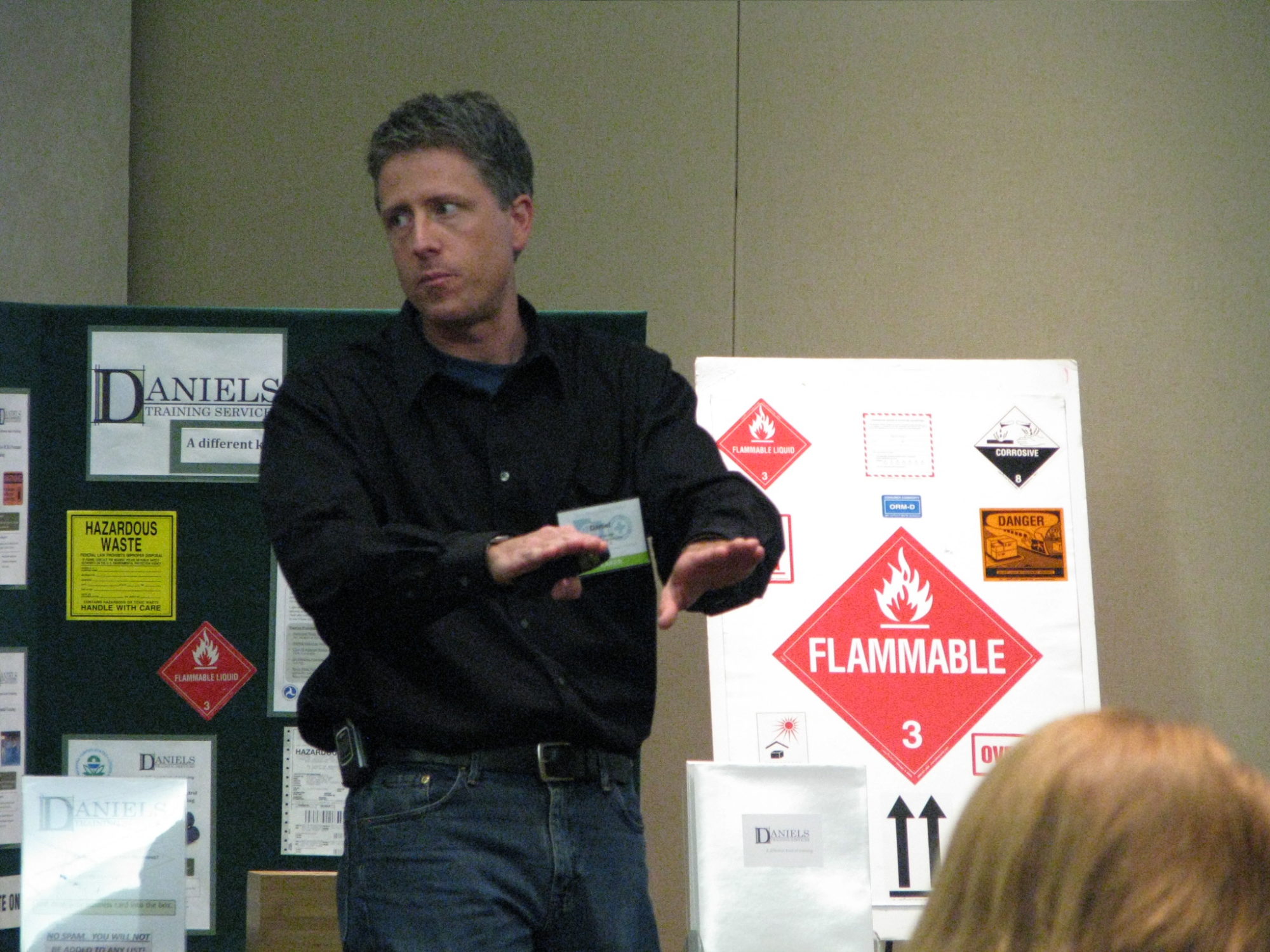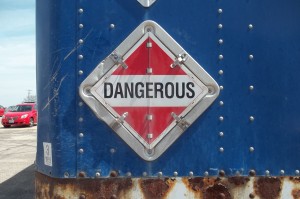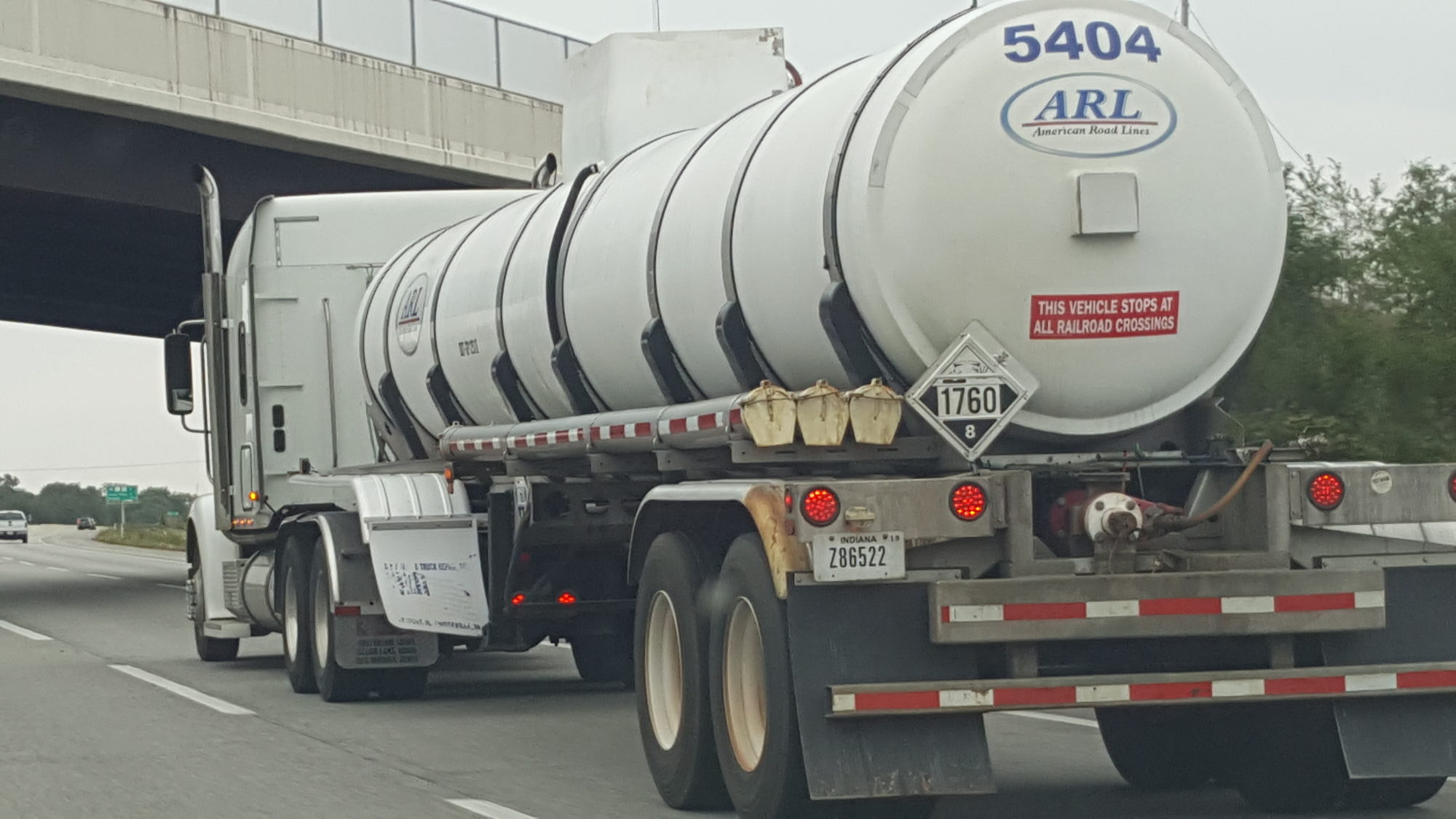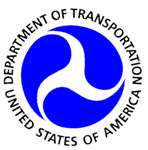QC Laboratories Inc. located in Orlando, FL has been assessed a fine of $7,950 for seven (7) violations of the hazardous material regulations of the USDOT/PHMSA.
Background
On May 25, 2011, investigators from PHMSA’s Office of Hazardous
Materials Safety Field Operations (OHMSFO) conducted a compliance inspection at
Respondent’s facility, in Orlando, Florida, pursuant to 49 U.S.C. § 5121 and 49 C.F.R.
§ 107.305. PHMSA’s investigator reported eight (8) alleged violations of the HMR. On
or about May 23, 2011, after the conclusion of the compliance inspection, PHMSA’s
Investigator contacted and interviewed the Respondent, and then conducted an “exit
briefing” during which the investigator discussed the alleged violations and the required
corrective actions with Respondent’s representative.
Based on a preliminary assessment of the apparent nature, circumstances,
extent, and gravity of the probable as set forth in the inspector’s report, on
January 18, 2012, an attorney from PHMSA’s Hazardous Materials Safety issued a
Notice of Probable Violation (NOPV) alleging seven violations of the HMR and
proposing a $9,550 civil penalty.
Reply to Notice:
On February 16, 2012, the Respondent submitted a timely reply Notice.
Corrective Action:
In letters dated June 20, 2012, February 16, 2012, March 27,2012, September 18, 2012, and December 12,2012, Respondent submitted evidence of corrective actions it had taken in response to the exit briefing. The following
is a summary of all of Respondent’s documented corrective actions.
1. Respondent has registered as a party to the USNRC packaging approval.
2. Respondent has acquired a certificate of approval for the Type B package related to violation number 2.
3. Respondent has added a risk assessment for its security plan.
4. Respondent has provided in-depth security training to all employees.
5. Respondent is now using the correct USNRC package ID on its shipping papers and has identified monitoring times for all emergency response numbers.
6. Respondent is now listing correct activity and transport index on Yellow II labels.
HMR Violations:
- Offering and transporting in commerce a hazardous material in a Type B(U) package, RQ, UN2916, Radioactive Material, Type B(U) Package, 7, while failing to register with the United States Nuclear Regulatory Commission (USNRC) as a party to the packaging approval in violation of 49 C.F.R. §§ 171.2(a, b, f, i)-and 173.471(a).
- Offering and transporting in commerce a hazardous material in a Type B(U) package, RQ, UN2916, Radioactive Material, Type B(U) Package, 7, Special Form, while failing to maintain a complete safety analysis or certificate of competent authority in violation of 49 C.F.R. §.§ 171.2(a, b, e, f and 173.476(a).
- Offering and transporting in commerce a known radionuclide listed by the USNRC as a quantity of concern while failing to develop a security plan with a written risk assessment in violation of 49 C.F.R. §§ 171.2(a, b, e, f), 172.800(b)(5), and 172.802(b, c).
- Offering and transporting in commerce a hazardous material in a Type B(U) package, RQ, UN2916, Radioactive material, Type B(U) Package, 7, while failing to provide in·depth security training to hazmat employees in violation of 49 C.F.R. §§ 171.2(b), 172.702(a), and 172.704(a)(5).
- Offering and transporting in commerce a hazardous material in a Type B(U) package, RQ, UN2916, Radioactive material, Type B(U) Package, 7, while failing to list the correct USNRC package identification number on the shipping paper in violation of 49 C.F.R. §§ 171.2(a, b, e, f) and 172.203(d)(l).
- Offering and transporting in commerce a hazardous material in a type B(U) package, RQ, UN2916, Radioactive Material, Type B(U) Package, 7, while listing multiple emergency response telephone numbers on a shipping paper, that are not monitored 24 hours a day, without specifying times for each in violation of 49 C.P.R. §§ 171.2(a. b e) and 172.604(a)(2).
- Offering and transporting in commerce a hazardous material in a Type B(U) package, RQ, UN2916, Radioactive Material, Type B(U) Package, 7, Special Form, Ir-192 777TBg, (21Ci) Transport Index 0.3, while failing to enter the correct activity and transport index on the Radioactive Yellow II labels in violation of 49 C.F.R. §§ 171.2(a. b, e, f) and 172.403(a)(2 3).
Read the full Compromise Order here.
No matter what hazardous materials you offer for transportation: Radioactive, Explosive, Flammable and Combustible Liquids, or Miscellaneous; as a shipper of a HazMat you must comply with all the regulations of the USDOT/PHMSA known as the HMR.





 In a
In a